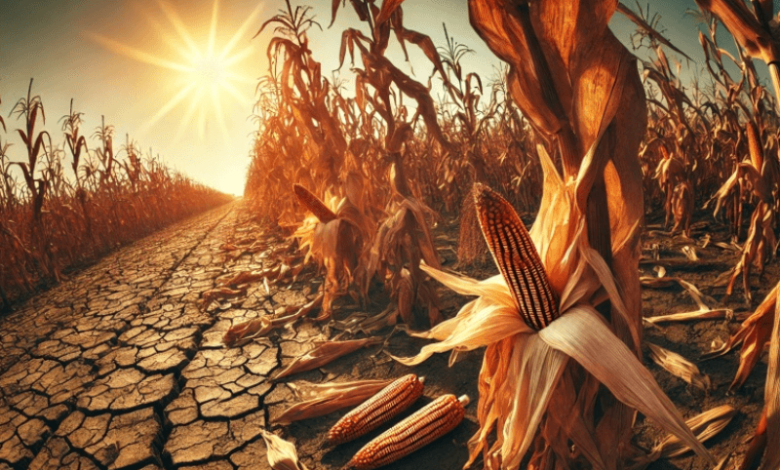This icy continent is seeing a ten fold rise in plant cover as climate crisis deepens: Environment Report

Plant cover across the Antarctic peninsula has grown manifold over the last few decades as a result of climate change. Analysis of satellite data found there was less than one sq km of vegetation in 1986, but the cover increased to 12 sq km by 2021. The spread of the plants, mostly mosses, has accelerated since 2016.
The growth of vegetation on a continent dominated by ice and bare rock is a sign of the reach of global warming which is warming faster than the global average. The scientists warned that this spread could provide a foothold for alien invasive species into the clean and pristine Antarctic ecosystem.
Researchers are warning that the ice layer melting process will continue until carbon emissions are halted. This could bring a severe change in fundamentals of biology and the landscape of the iconic and vulnerable region.
For example a river has formed beneath the Larsen Ice Shelf with green algae growing on it. The acceleration in the spread of the mosses from 2p016 coincides with the marked decrease in sea ice extent around the continent. Warmer temperatures in the open seas may be leading to wetter conditions that are helping the flora growth. Mosses can colonise on bare rock and create the foundation of soils that along with favourable mild conditions lead to growth of other varieties of plants over time.
Soil in Antarctica is almost nonexistent but this moss growth can lead to increase in soil formation. This would raise the risk of non native and invasive species’ arrival into the pristine land covered with ice possibly carried in by ecology tourists, scientists, and other visitors.
Scientific research such as carbon dating shows that trees grew in the South pole a few million years ago when the planet last had as much carbon dioxide in the atmosphere as it does today.



